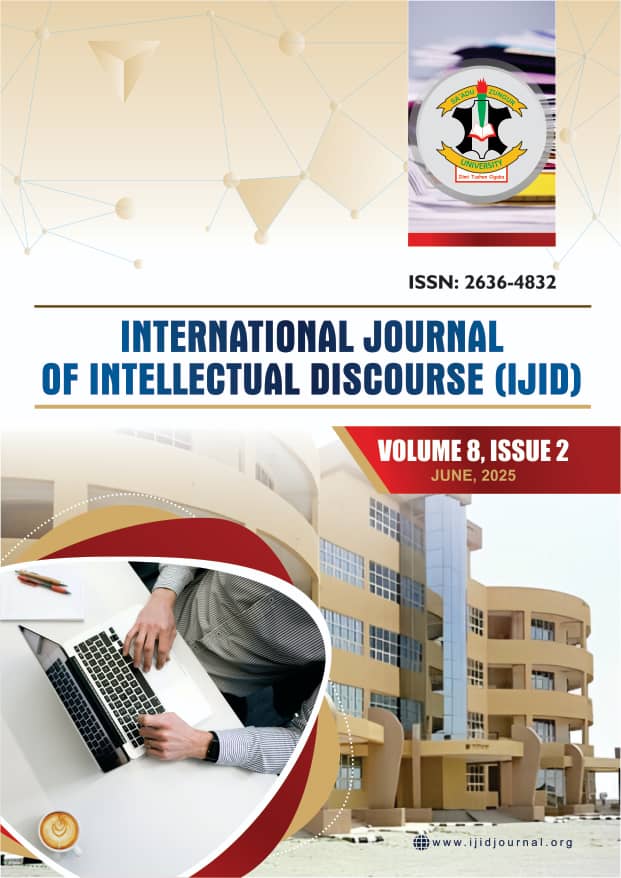Impact of microfinance on poverty in Imo state, Nigeria
Keywords:
Microfinance, Poverty Alleviation, Savings Behavior, Income Distribution and Multinomial logit modelAbstract
Persistent poverty in Nigeria, particularly in rural regions such as Imo State, continues to challenge inclusive development despite the increasing presence of microfinance institutions (MFIs). This study evaluates the effectiveness of MFIs as a strategy for poverty alleviation, addressing the ongoing debate about their true impact on improving household welfare. The research investigates whether access to microfinance services significantly influences income levels and savings behavior among rural beneficiaries. A stratified sampling technique was used to segment Imo State into 16 sampling units, from which 12 microfinance banks were purposively selected across Owerri, Okigwe, and Orlu zones. A total of 384 structured questionnaires were distributed, out of which 80 were valid and analyzed. Descriptive statistics revealed that 78% of respondents were male, 65% were married, and 36% lacked formal education. The income distribution showed that 29% earned between ₦10,000 ₦15,000 monthly, while 24% earned above ₦20,000. A multinomial logit model was employed to assess the relationship between access to financial services and income level. Results indicate that higher-income individuals have significantly greater access to microfinance products and savings opportunities, supporting classical economic theory that links income with saving behavior. However, the study also finds that the poorest households remain largely excluded, limiting the overall poverty reduction potential of microfinance. The study concludes that while microfinance can enhance financial inclusion, its impact is constrained by income inequality and operational limitations. It recommends that targeted financial strategies such as group lending, rural branch expansion, and capacity
development be adopted by policymakers and financial institutions to ensure more equitable access to microfinance services and effective poverty alleviation.



